The 1.5 mile Lacey V. Murrow Bridge was the largest floating structure in the world and the first to be built of reinforced concrete when completed in 1940. The bridge consisted of typically 300-foot long pontoons floated to site and rigidly connected to form a continuous structure and incorporated a unique floating concrete draw-span to allow for passage of marine traffic. The original floating structure, constructed by Pontoon Bridge Builders, was accidentally sunk in 1990 during a major renovation effort and was replaced by 1993.
1940

Breezewood Harrisburg State: PA Zip: Country: USA Website: http://www.asce.org/project/pennsylvania-tunpike-(old-section)/ Creator: Pennsylvania Turnpike Commission
The Pennsylvania Turnpike was the first American paved highway of the automobile era in which tolls alone were expected to pay all project costs. The 160-mile roadway, which cut an east-west path from Pittsburgh to the state capital of Harrisburg, was considered a revolutionary example of transportation system design and served as a model for the Interstate Highway System.
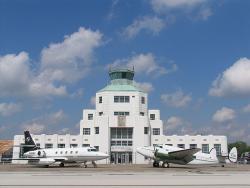
The terminal, designed by noted architect Joseph Finger and built by the Works Progress Administration, is a rare remaining example of classic art deco airport architecture, featuring the distinctive design elements of that age: step forms, sweeping curves, and intricate geometrical patterns and motifs. Opened on September 28, 1940, the terminal was Houston’s gateway to the world, and served the fleets of Braniff Airlines and Eastern Air Lines.
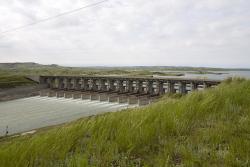
The Fort Peck Dam was a cornerstone project of the Works Progress Administration of Franklin D. Roosevelt's New Deal. It required the largest construction plant and workforce since the construction of the Panama Canal and peaked at 11,000 workers. It was the largest dam of any type in the world for over 30 years.
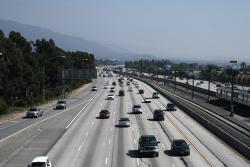
With its landscaped embankments, limited access, and depressed roadway, Arroyo Seco Parkway (now known as the Pasadena Freeway) became the prototype of the Los Angeles freeway system. Motorists enjoy a scenic drive featuring landscaped embankments lush with native chaparral. The curving alignment traverses a chain of small parks shaded by sycamores and eucalyptus and exposed views of the snow-capped San Gabriel Mountains.


The refrigeration units placed on trucks in 1938 by Thermo King Corp. revolutionized the transportation of perishable foods. Today they are a common sight on streets everywhere. Consumer demand for meat, poultry, produce and dairy products increased at an astounding rate. These installations and subsequent ones on refrigerated vehicles, ships, and railroads have had worldwide impact on the preservation of food and other perishables during distribution.
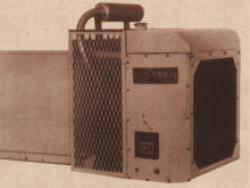
The refrigeration units placed on trucks in 1938 by Thermo King Corp. revolutionized the transportation of perishable foods. Today they are a common sight on streets everywhere. Consumer demand for meat, poultry, produce and dairy products increased at an astounding rate. These installations and…
Read More

With its landscaped embankments, limited access, and depressed roadway, Arroyo Seco Parkway (now known as the Pasadena Freeway) became the prototype of the Los Angeles freeway system. Motorists enjoy a scenic drive featuring landscaped embankments lush with native chaparral. The curving…
Read More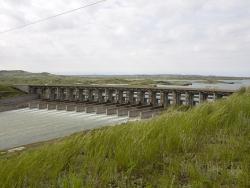
The Fort Peck Dam was a cornerstone project of the Works Progress Administration of Franklin D. Roosevelt's New Deal. It required the largest construction plant and workforce since the construction of the Panama Canal and peaked at 11,000 workers. It was the largest dam of any type in the world…
Read More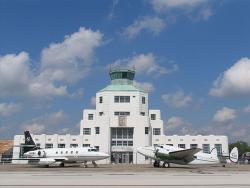
The terminal, designed by noted architect Joseph Finger and built by the Works Progress Administration, is a rare remaining example of classic art deco airport architecture, featuring the distinctive design elements of that age: step forms, sweeping curves, and intricate geometrical patterns and…
Read More
The Pennsylvania Turnpike was the first American paved highway of the automobile era in which tolls alone were expected to pay all project costs. The 160-mile roadway, which cut an east-west path from Pittsburgh to the state capital of Harrisburg, was considered a revolutionary example of…
Read MoreThe 1.5 mile Lacey V. Murrow Bridge was the largest floating structure in the world and the first to be built of reinforced concrete when completed in 1940. The bridge consisted of typically 300-foot long pontoons floated to site and rigidly connected to form a continuous structure and…
Read More

